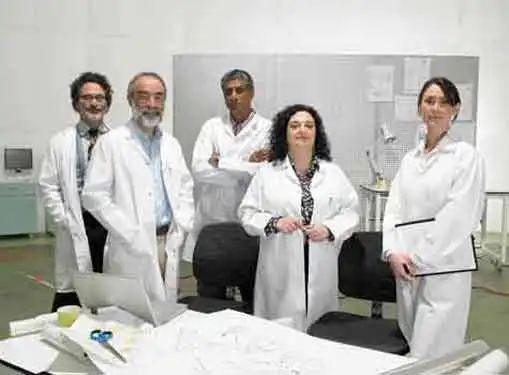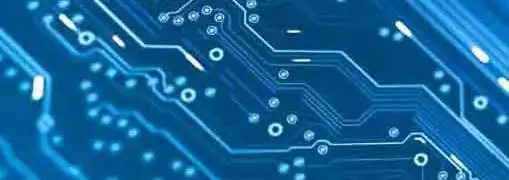Entrepreneurship for Scientists
University Technology Transfer Offices
These days, most universities have a technology tranfer office that is dedicated to licensing university research to commercial ventures. We offer a primer on university technology transfer.
American universities are hubs of innovation and technical expertise.

But moving university-based inventions from the ivory tower to the marketplace doesn't happen by itself. Someone has to make a coordinated effort to explore the invention's commercial applications and stir up interest in the business community. And more often than not, that someone is the university technology transfer center.
Technology transfer is the process of creating practical, commercial applications for scientific research. Although the commercial value of an invention is important to the university, there is a lot more at stake than a financial payoff since patents are typically issued only to practical processes - not theoretical innovations. In order for a university to claim exclusive rights to their scientific discovery, they need to find a way to make it commercially viable.
A technology transfer center plays a vital role in obtaining patents on behalf of the university. But in a larger sense, their job is to bridge the gap between the university's scientists and businesses that are capable of making the invention work in the marketplace.
Here is how the process generally works:
Step 1: The Invention
When a faculty member, post-doctoral student, or graduate student comes up with an invention, the technology transfer office works with them to better understand the invention and determine its potential practical uses. If the invention seems promising, the transfer office will launch the initial steps of obtaining a patent for the university.
Step 2: The Patent
Since patents are costly and time-consuming, universities want a reasonable assurance that their investment will be well-spent. So the transfer office convenes a patent board of faculty, inventors, technology transfer specialists, and legal advisors to determine whether or not to pursue a full patent. If the decision is made to go ahead with the patent application, the transfer office then begins the grueling process of researching similar inventions not only for information that will assist the application process, but also for information that will be used to determine the invention's entry into the marketplace.
Step 3: The Marketplace
If everything goes as planned, the transfer office conducts market research to identify companies that may be interested in profiting from the university's new invention. Although universities typically provide a list of current technologies available to private sector, it's not uncommon for transfer offices to target and actively pursue companies they believe can benefit from the patent. The end result of this process is a licensing agreement that allows a private sector company to use the invention in exchange for royalties that are paid to the university. In turn, the university uses the royalties it earns to compensate inventors, pay for related expenses, and fund additional research.
Even though it sounds simple, the process of taking an invention from the research lab to store shelves is long and complicated, often requiring a time investment of ten years or more. However, under the right circumstances, your nearby technology transfer office can be the source of your next big idea.
Share this article
Additional Resources for Entrepreneurs


Conversation Board
We greatly appreciate any advice you can provide on this topic. Please contribute your insights on this topic so others can benefit.